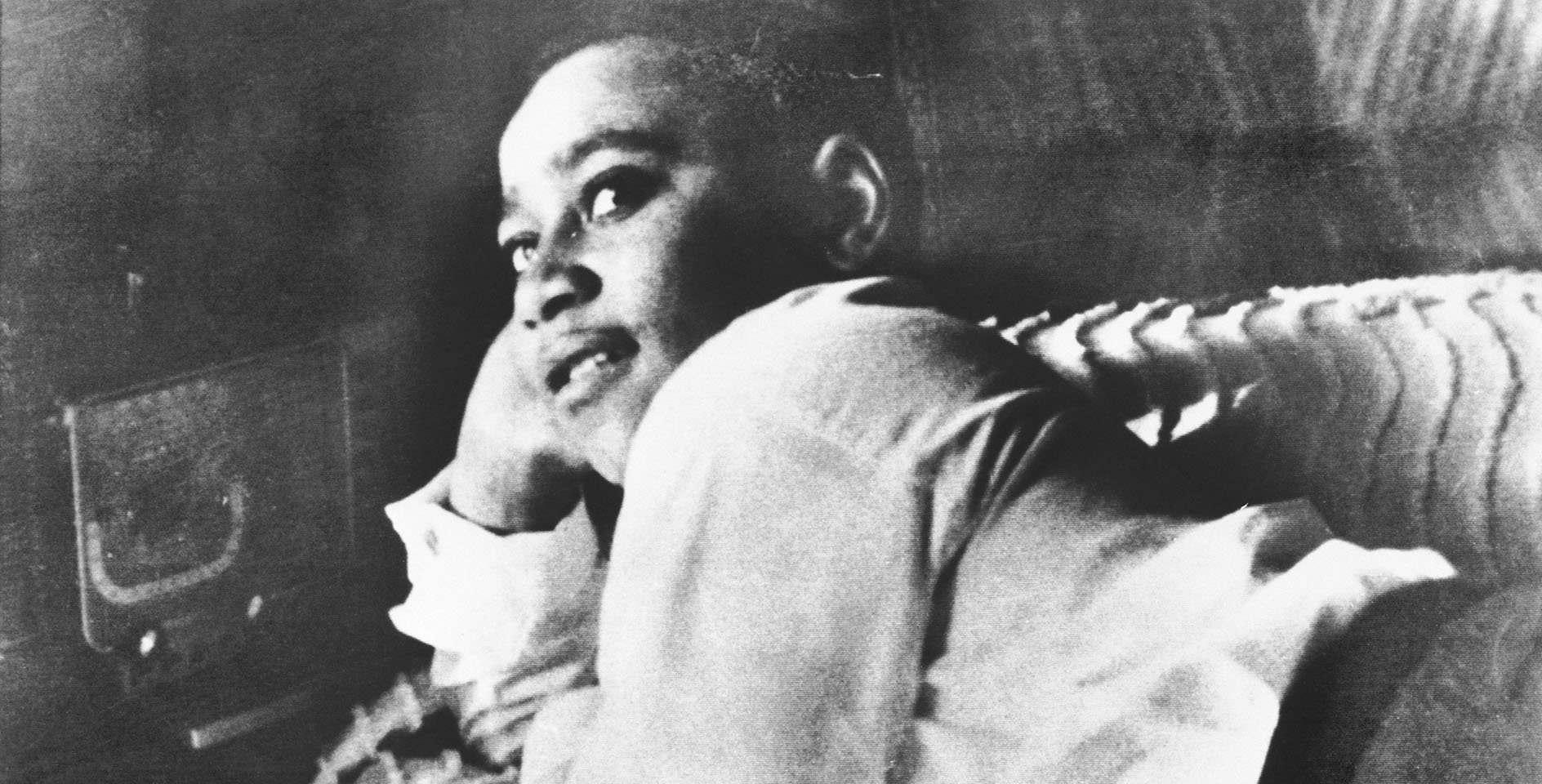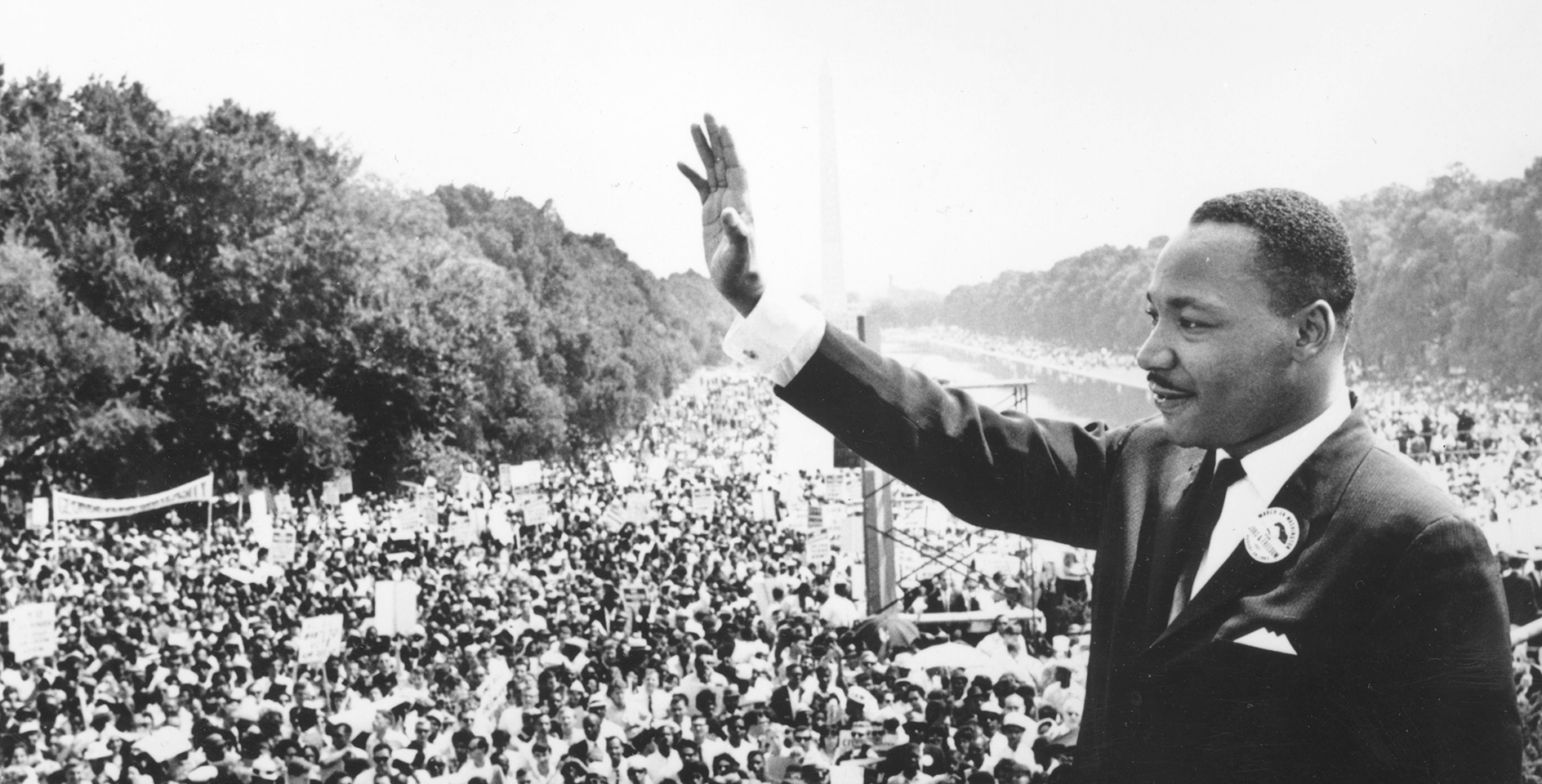The Justice Department announced last week that it was reopening an investigation into the 1955 murder and torture of Emmett Till. Here are five facts you should know about one of the most notorious lynchings in modern American history.
1. Born in 1941, Emmett Till grew up in a middle-class black neighborhood in Chicago. In August 1955, at the age of 14, he traveled to Mississippi to spend time with his cousins. Three days after arriving in Money, Mississippi, Till and a group of teenagers entered Bryant's Grocery and Meat Market. Till purchased bubble gum and, in later accounts, was accused of either whistling at, flirting with, or touching the hand of Carolyn Bryant, a white female whose husband, Roy Bryant, owned the store.
2. Four days after the alleged incident at the store, Till was kidnapped from his uncle’s home by Roy Bryant and his half brother J.W. Milam. The two men brutally beat the teenager, shot him in the head, tied him with barbed wire to a large metal fan, and tossed his body into the Tallahatchie River. When Till’s body was discovered three days later, his face was so mutilated he could only be positively identified by the ring on his finger—a signet ring engraved with his late father's initials that his mother had given him a day before he left Chicago.
3. The teen’s body was sent back to Chicago, and his mother opted for an open casket to show the world how her son was brutally tortured. Tens of thousands of people came during the five days Till’s body was on display at his church. Two black publications, Jet magazine and the Chicago Defender, also published graphic images of the body. The reaction to the murder helped spark the civil rights movement. Rosa Parks is reported to have said she was thinking about Till when she refused to give up her seat up on a bus in Montgomery Alabama.
4. During the trial, Till’s great uncle, Moses Wright, testified that it was Bryant and Milam who had kidnapped the teenager. Yet despite overwhelming evidence of their guilt, an all-male, all-white jury—after deliberating for just over an hour—refused to convict the two men. A few months after their aquittal, Bryant and Milam told the story of how they kidnapped and killed Till to Look magazine. They were paid $4,000 for their story (the equivalent today of $37,600). Because of the double jeopardy law, though, they were unable to retried for the crimes.
5. In 2007, at the age of 72, Carolyn spoke with writer Timothy B. Tyson for his book, The Blood of Emmett Till, and said Till’s alleged verbal and physical advances toward her were lies. “That part’s not true,” she told Tyson. “Nothing that boy did could ever justify what happened to him.” Tyson says he was contacted by the FBI weeks after his book was published in January 2017. He gave them interview recordings and other research materials which may have lead to the reopening of the case. Both men acquitted of the murder, Bryant and Milam, are now dead, but conspiracy or murder charges could be filed if anyone still alive is shown to have been involved.







